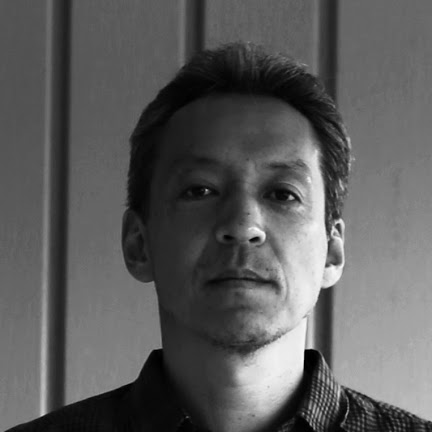Grégory Barrie`re, Hugues Leblond, Janyne Provencher, and Serge Rossignol
The general accepted model of locomotor control is tripartite.
1) CPG
2) sensory feedback
3) descending pathways
After partial spinal cord injury (SCI), this optimal balance is perturbed because communication between the brain and the spinal CPG is altered (Barbeau and Rossignol, 1994).
Q: Are there lastic changes within descending pathways?
Or, the spinal CPG retains its function and that changes in descending commands aim at maintaining an optimal control of the spinal locomotor network?
The role of the CPG in the recovery of locomotion after incomplete spinal cord lesion is mostly unknown.
RESULT
The first step consisted of an incomplete section of the spinal cord at the thoracic level T10 or T11.
The second step was a complete transection of the spinal cord at T13 or L1.
1) The recovery of quadrupedal locomotion after partial lesions is mostly the result of an intrinsic reorganization of the spinal locomotor network below the lesion.
2) Locomotor training is a major factor in facilitating the recovery process because cats intensively trained after the partial lesion expressed a very high locomotor
performance bilaterally within hours of the complete spinalization, whereas in untrained animals only a unilateral locomotion was observed in the limb ipsilateral to the partial lesion.
3) Plastic reorganization of the spinal CPG may still occur after the complete spinal section because bilateral locomotor performance improved with training over time in all cats after complete spinalization.
Altogether, this work highlights the importance of promoting spinal neuroplasticity in rehabilitation strategies in SCI patients, especially to maintain the spinal circuitry in an optimal condition to generate locomotion.
Thursday, September 3, 2009
Prominent Role of the Spinal Central Pattern Generator in the Recovery of Locomotion after Partial Spinal Cord Injuries
Labels:
CPG,
injury,
locomotion,
recovery,
spinal cord
Subscribe to:
Post Comments (Atom)

No comments:
Post a Comment